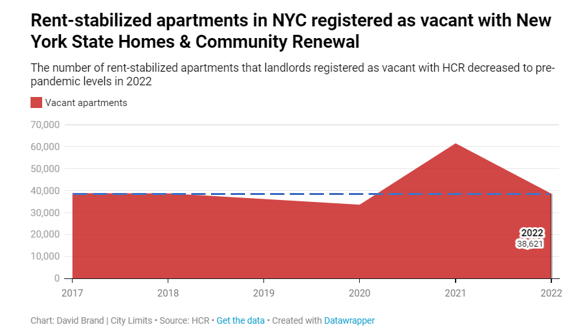NYC zoning & rent regulation moves
Council member plans for land use in Bushwick and new numbers emerge on the vacancy levels for NYC rent stabilized apartments, compared to pre 2019 HSTPA
Topics this week:
Zoning developments
Rent regulations
Single Family Rental (SFR) buyers
Zoning efforts
Approval for Innovation QNS
Innovation QNS, the 3,200-unit multifamily development in Astoria Queens, has been approved by the City Council. In a last moment decision, City Council member Julie Won, who manages the district where the proposed development will take place, decided to provide her support for the project. The last step is to obtain Mayor Adams’s approval, who has all but given it already. The project was in limbo because it was going to insert multifamily units on an industrial zoned land parcel, and so required a re-zoning. It is rumored that the project’s success hinges on the 421 A tax abatement being renewed because otherwise the market rent units combined with the higher tax base won’t be able to subsidize the affordable units to a level that meets project profitability requirements.
Bushwick City Council member put out an updated memo on land-use in her district
The memo is a pro-active stance taken by council member Jennifer Gutierrez to articulate the needs of the community so that developers can already be up to speed when approaching local officials about rezonings or land-use variances. This may have been inspired by Julie Won’s recent negotiation with Silverstein development in Astoria. Alternatively, developers may have already approached the council member and she may want to display an image of strength ahead of time so that when she approves projects in the future, she can say she did her part in laying down the key frameworks for land use. This zoning memo is the latest attempt to update the zoning plan for Bushwick, following discussion that began in 2014.
Rent Regulations
NY’s HCR leaders say there are 38,621 vacant, rent stabilized apartments in 2022, and that this matches pre-2019 levels. There has been much press coverage around the vacancy of apartments in NY and the warehousing of apartments – so much that the news has made it into non-real estate publications like WNYC radio and NY1. What DHCR is now saying is that those previous forms of data collection are not wrong per say, but they were measuring something else – apartments that were available for rent as well as unavailable to rent. This data looks at the apartments that have been vacant, as per the DHCR annual registrations. In other words, the data looks at apartments that are not available for rent. In 2017 there were 38,888 vacant apartments per DHCR, in 2018 there were 38,784 and today there are still fewer than that. This is important because it poses a strong challenge against the claim by landlord organizations like CHIP that owners are forced to warehouse apartments because it is no longer profitable to rent them out.
Sam Zell and his partners are rolling back rents they were charging tenants at Portside Towers, a two-building multifamily property in Jersey City, NJ, just 15 minutes away from Manhattan. The two-building property contains 527 units, according to Costar, and one of the buildings was completed in 1992. This is significant because the property had a 30-year exemption on annual rent increase caps. Without the exemption, Jersey City only permits 4% increases a year on buildings that are 5 units, or more (eerily like NY’s DHCR ruling in 1974). Tenants facing 40% rent increases organized together, did some research, and realized that the exemption expired this year. The city’s rent-control administrator sided with the tenants. Instead of 40% increases they will see no more than 4% bumps. This presents a win for tenants but will materially reduce cash flows for Equity Residential’s properties. Given interest rates, now is not the time for owners to oversee volatile cash-flows. This news is prescient, as Kingston, NY has just announced its own rent reduction city-wide.
Single Family buyers
J.P. Morgan will partner with Haven Realty Capital to buy and develop “entire communities of new homes,” according to Bloomberg. With $415M in equity ready to deploy, J.P. Morgan aims to buy ~2,500 homes. The goal is to buy or build entire communities because that is easier to manage than a scattered portfolio of Single-Family Rentals (SFRs).
JLL will partner with Amherst Group once more to buy up to $500M in SFRs. JLL got started already with a $120M acquisition of renovated SFRs across 10 states.
Both firms have previously bought SFRs and so this represents a doubling down on the investment thesis. According to JLL and J.P. Morgan, demand for apartments to rent continues to grow as interest rates climb. Buying now allows investors to purchase homes at a discount, while still capitalizing on the trend of high rent growth. If we presume that large banks have lower cost of capital than most, then this is a triple win.
Sources: Wall Street Journal, The Real Deal, City Limits, Bloomberg, The Real Deal



